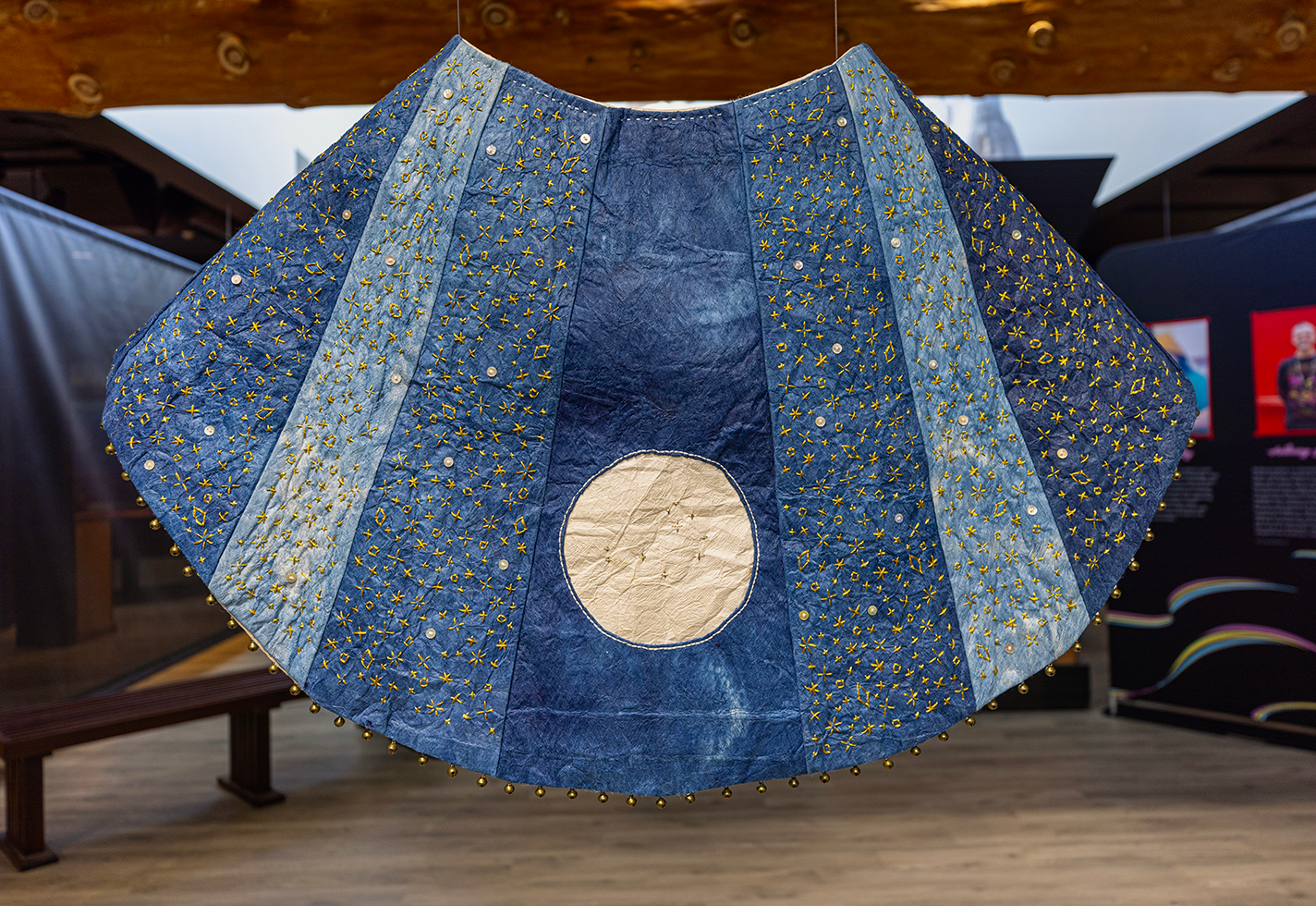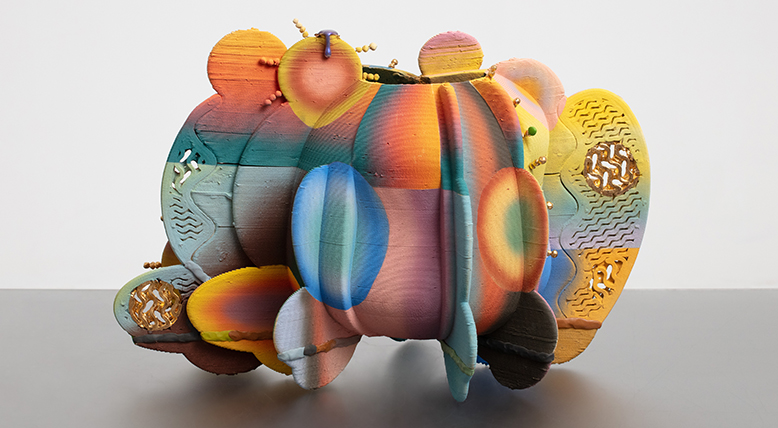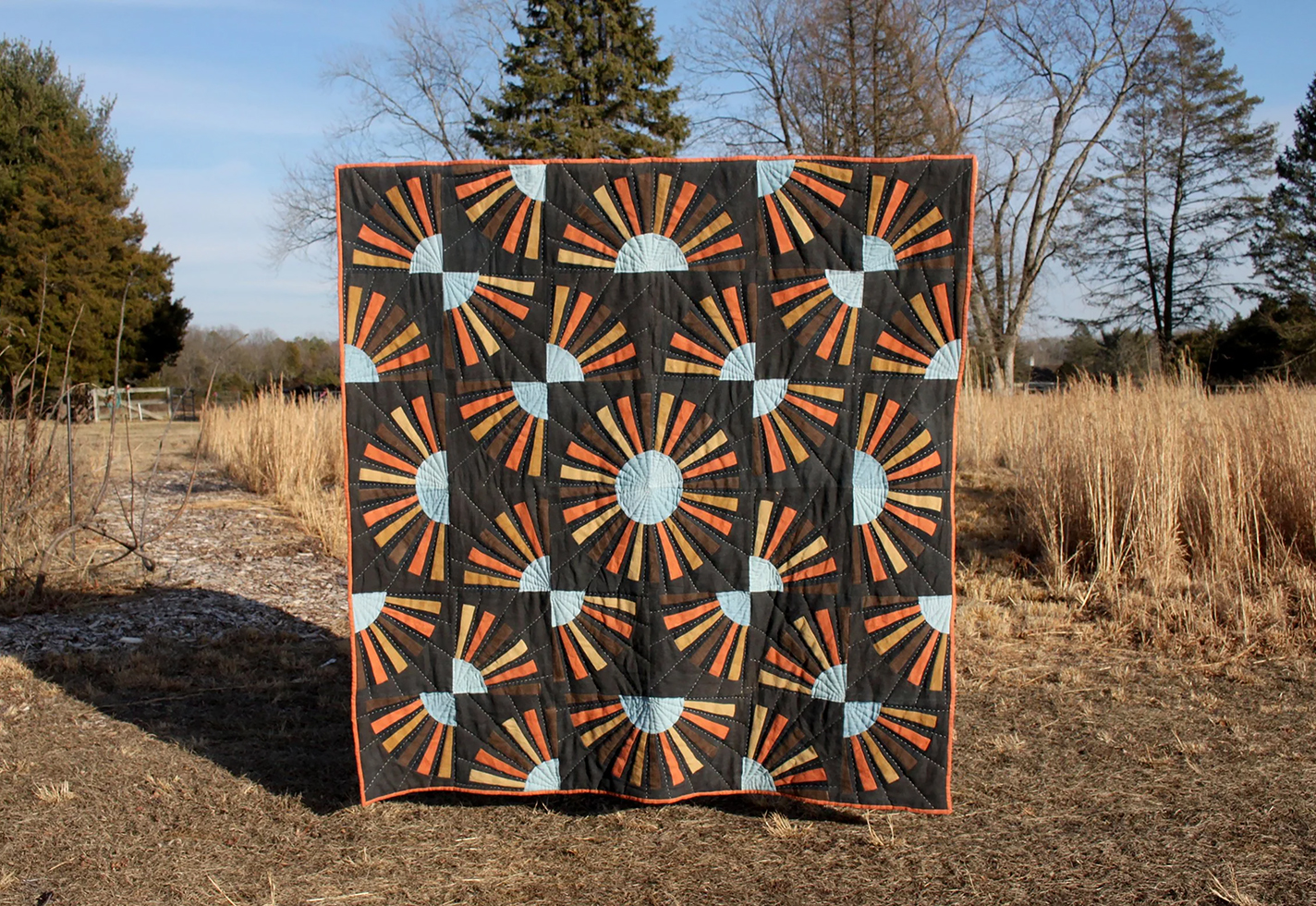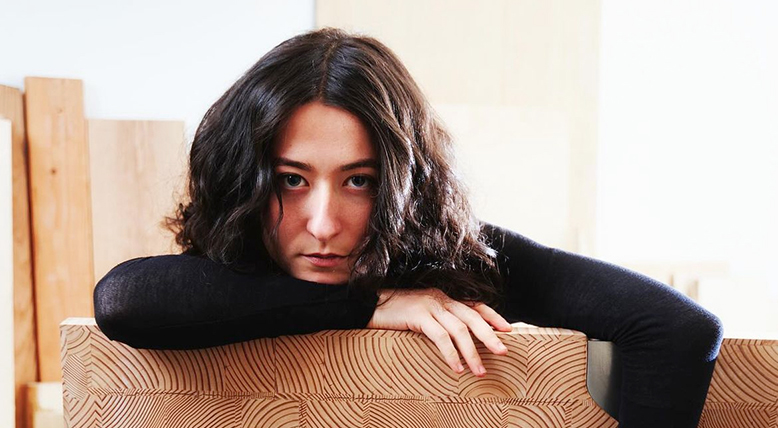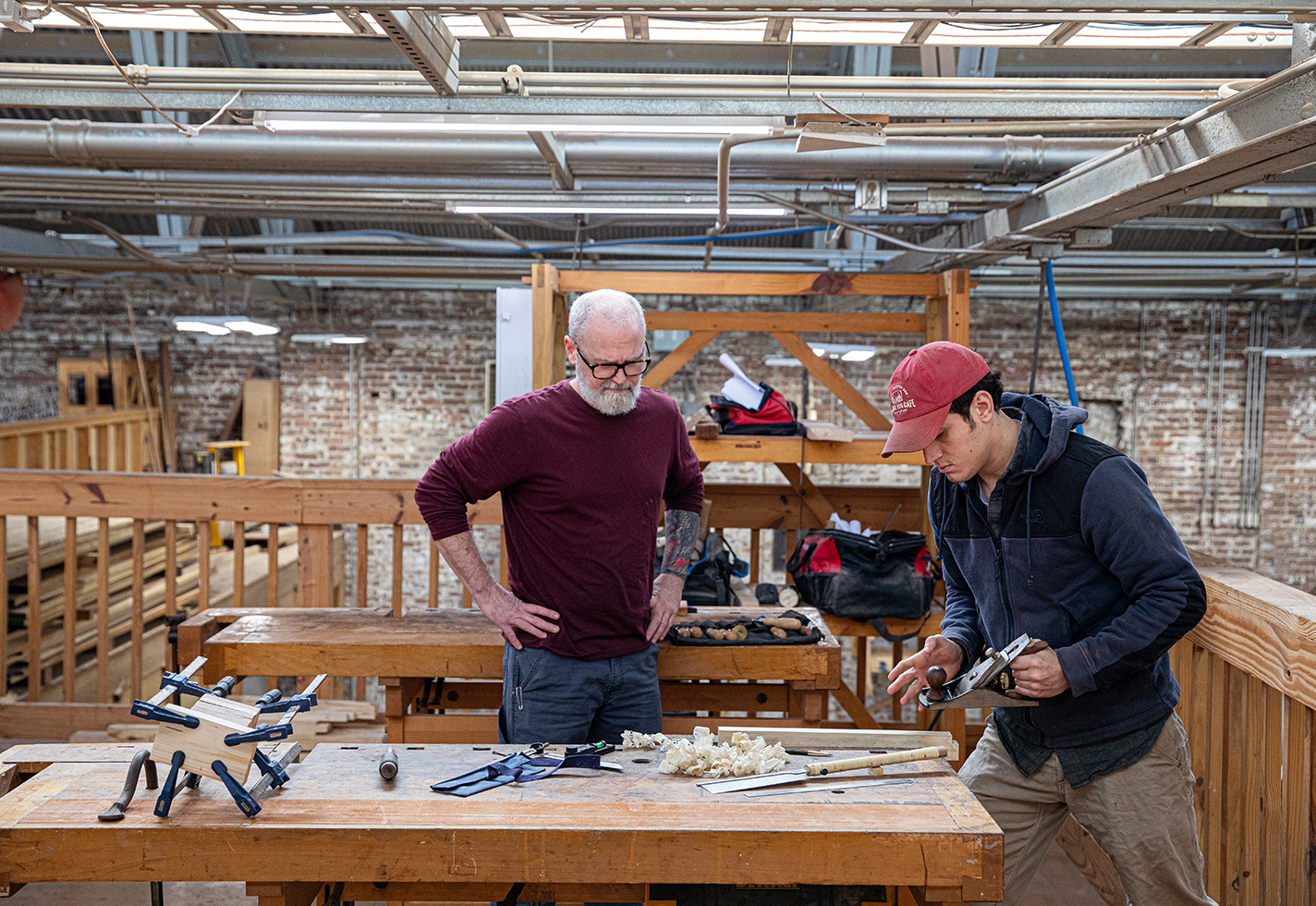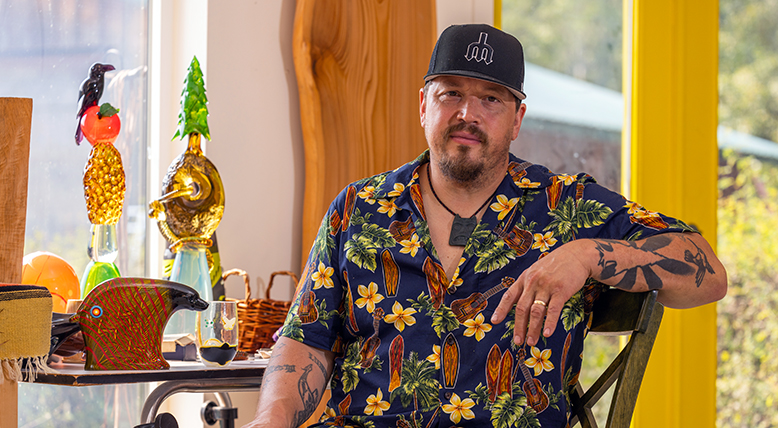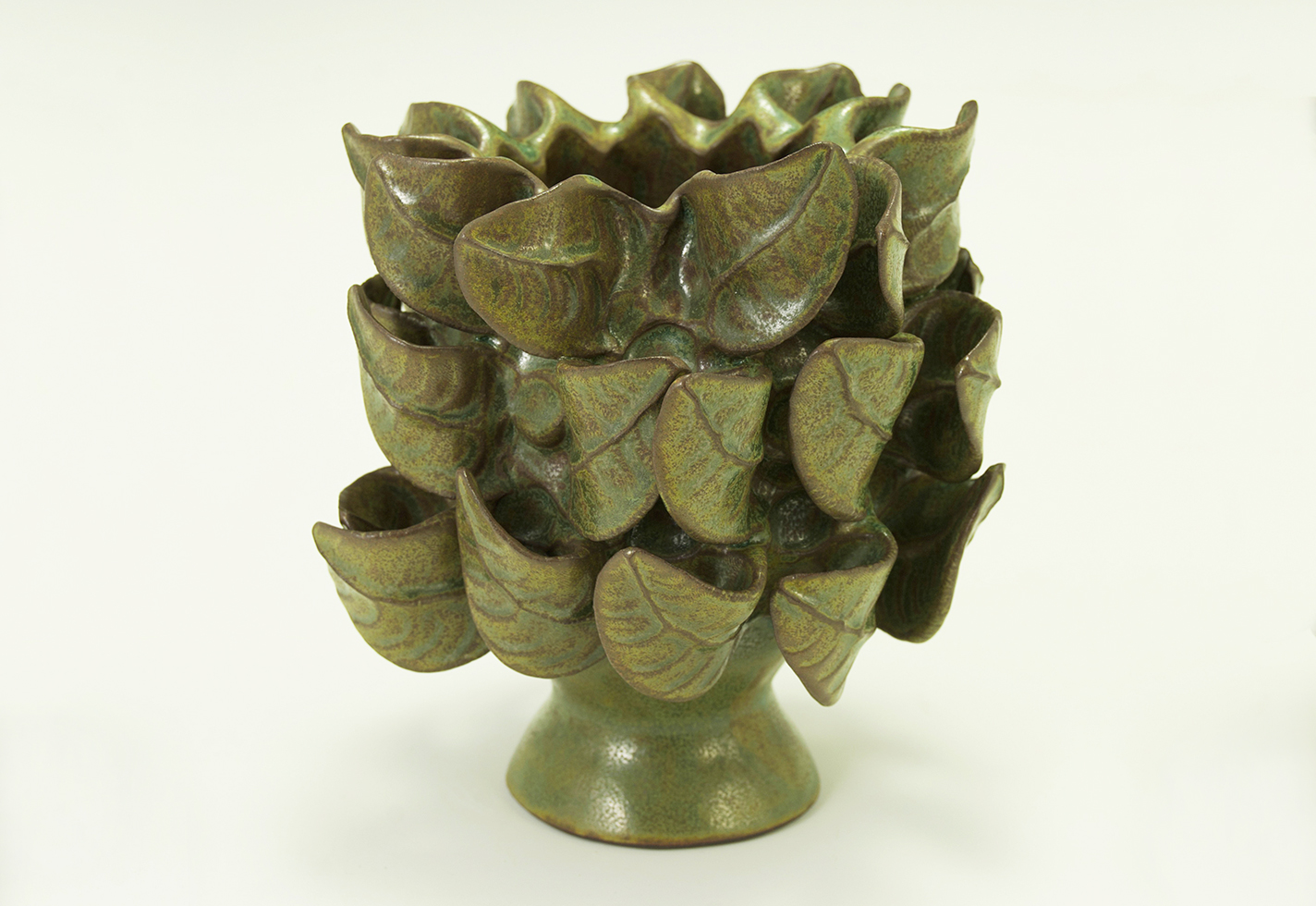The first time Lehuauakea made kapa—a Native Hawaiian bark cloth derived from the wauke tree that is often dyed with plants and decorated with stamped geometric patterns—they felt an instant connection.
“Especially after spending so much time on the continent, there was something in me that just felt right. It felt like I’d come home to myself,” says the artist, who was born in Portland, Oregon, raised in Portland, O‘ahu, and the Big Island, and now splits their time between O‘ahu and New Mexico. Learning under kapa master Wesley Sen, who helped to resurrect kapa making during the Hawaiian Renaissance in the 1970s, Lehuauakea has been exploring every facet of the medium, from growing the wauke trees to creating the tools used to decorate the cloth. Their body of work encompasses cascading installations, intricately adorned garments, and traditional Hawaiian kites. Catharine Lo Griffin wrote about Lehuauakea and the other artists practicing—and expanding—the art of kapa in “Beauty in the Bark” in the Summer 2025 issue of American Craft, which is now available for purchase.
How do you describe your work or practice in 50 words or less?
My work is grounded in the revival of traditional Native Hawaiian bark cloth (kapa), a sustainable, nonwoven textile made from the beaten bark of certain trees. Though coming from ancestral roots, my practice seeks to expand on this tradition and bring it into a contemporary context, making kapa relevant to stories and experiences today.

Lehuauakea draped in Finding My Way Back Home, 2024, hand-stitched kapa, indigo dye, 62.5 x 50 in.







